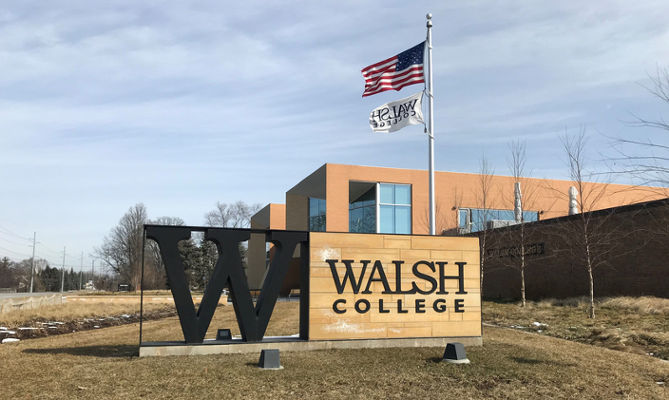Sentiment Analysis
This Sentiment Analysis course will introduce you to the world of artificial intelligence. Explore the basics of sentiment analysis. Enroll in this beginner course and kickstart your programming career today!

Ratings
Level
Learning hours
Learners
Skills you will learn
About this course
Sentiment Analysis is an approach to Natural Language Processing that identifies the emotional tone behind a body of text. This is a popular way for organizations to determine and categorize opinions about a product, service, or idea. Using Natural Language Processing, we use the text data available across the internet to generate insights for the business. In this course, we will discuss the basics of Sentiment Analysis and how we can determine sentiment from text. We will also be demonstrating Sentiment Analysis using R.
Course Outline
This module gives you an overview of sentimental analysis using NLTK python by taking touch skin healthcare mobile applications as an example. It also covers the training model and classifier model concepts in detail.
 UPGRADE
UPGRADE
Recommended university programs
What our learners enjoyed the most
Easy to Follow
64% of learners found the course easy to follow
Frequently Asked Questions
Will I receive a certificate upon completing this free course?
Is this course free?
Will I get a certificate after completing this Sentiment Analysis free course?
Yes, you will get a certificate of completion for Sentiment Analysis after completing all the modules and cracking the assessment. The assessment tests your knowledge of the subject and badges your skills.
How much does this Sentiment Analysis course cost?
It is an entirely free course from Great Learning Academy. Anyone interested in learning the basics of Sentiment Analysis can get started with this course.
Is there any limit on how many times I can take this free course?
Once you enroll in the Sentiment Analysis course, you have lifetime access to it. So, you can log in anytime and learn it for free online.
Other Artificial Intelligence tutorials for you
Introduction to Sentiment Analysis
Sentiment Analysis is an area of Natural Language Processing (NLP) that attempts to detect opinions, emotions, and attitudes expressed in written text. It is used to gain insights into the opinions of customers, detect potential issues with products and services, and provide customer service. The Basics of Sentiment Analysis involve using algorithms and tools to identify the sentiment of the text automatically. This includes identifying the sentiment of words and phrases, as well as detecting the sentiment of entire documents.
Sentiment Analysis can be divided into two main categories: supervised and unsupervised. Supervised sentiment analysis involves training a machine learning algorithm on a dataset labeled with the sentiment, such as a set of positive and negative reviews. The algorithm is then used to classify new text into positive or negative sentiments. Unsupervised sentiment analysis, on the other hand, does not require labeled data. Instead, it uses statistical techniques to identify the sentiment of the text.
In this demo, we will explore Sentiment Analysis using R. R, a popular programming language for data science, and has a wide range of tools and packages for performing sentiment analysis. The first step is to install the relevant packages. We will need the “tm” package for text mining, the “syuzhet” package for sentiment analysis, and the “ggplot2” package for visualizing the results.
Once the packages have been installed, we can start exploring the dataset. For this demo, we will use the Amazon reviews dataset. The dataset contains reviews for products on Amazon, with ratings ranging from 1 to 5 stars. We can use the “tm” package to read in the data and create a corpus. We can then use the “syuzhet” package to calculate the sentiment of the reviews. The package uses a lexicon-based approach to assign a sentiment score to each review.
Once we have the sentiment scores, we can use the “ggplot2” package to visualize the results. We can create a scatterplot to see how the sentiment scores are distributed across the ratings. We can also create a bar chart to compare the average sentiment score for each rating.
This demo has provided an introduction to sentiment analysis using R. Sentiment analysis is a powerful tool for understanding customer opinions, detecting potential issues with products and services, and providing customer service. With the right tools and techniques, it can be used to gain valuable insights into the opinions of customers.
If you are interested in learning more about sentiment analysis, there is a free course available on the subject. The course is designed for beginners and will cover the basics of sentiment analysis, including supervised and unsupervised approaches, text mining, and visualizing the results. Upon completion of the course, learners will receive a certificate.






















.jpg)


















